
The Ancash tapaculo is a species of bird in the family Rhinocryptidae. It is endemic to Peru.

The Bolivian tapaculo is a species of bird in the family Rhinocryptidae. It is found in Bolivia and Peru.
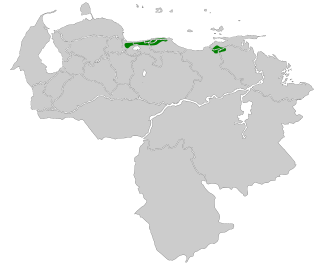
The Caracas tapaculo is a species of bird in the family Rhinocryptidae. It is endemic to Venezuela.

The Chocó tapaculo is a species of bird in the family Rhinocryptidae. It is found in Colombia, Ecuador, and Panama.
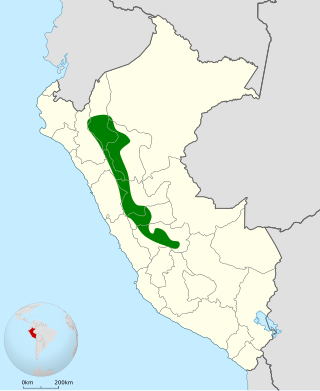
The rufous-vented tapaculo is a species of bird in the family Rhinocryptidae. It is endemic to Peru.

The dusky tapaculo is a species of bird in the family Rhinocryptidae. It is endemic to Chile.

The pale-bellied tapaculo, also known as the matorral tapaculo or rufous-rumped tapaculo, is a species of bird in the family Rhinocryptidae. It is found in Colombia and Venezuela.

The white-breasted tapaculo is a species of bird in the family Rhinocryptidae. It is endemic to the Atlantic forest of southeastern Brazil.

The Mérida tapaculo is a species of bird in the family Rhinocryptidae. It is endemic to Venezuela.

The Tacarcuna tapaculo is a species of bird in the family Rhinocryptidae. It is found in Panama and Colombia.

The chusquea tapaculo is a species of bird in the family Rhinocryptidae. It is found in southern Ecuador and far northern Peru.
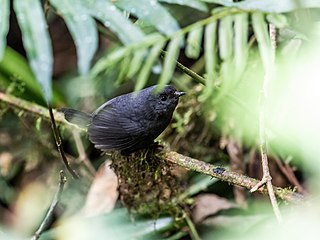
The trilling tapaculo is a species of bird in the family Rhinocryptidae. It is found in Bolivia and Peru.

The Bahia tapaculo is a species of bird in the family Rhinocryptidae. It is endemic to lowland Atlantic forest in Bahia, Brazil.
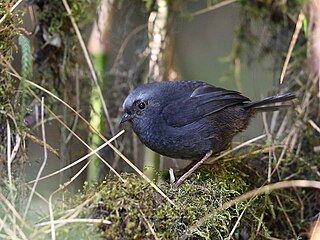
The diademed tapaculo is a species of bird in the family Rhinocryptidae. It is found in Bolivia and Peru.

The puna tapaculo is a species of bird in the family Rhinocryptidae. It is found in Bolivia and Peru.

Spillmann's tapaculo is a species of bird in the family Formicariidae. It inhabits the Andes of Colombia and Ecuador.
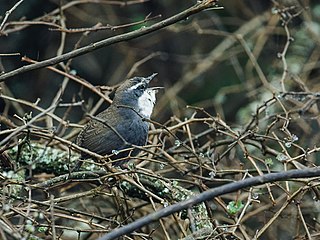
The white-browed tapaculo is a species of bird in the family Rhinocryptidae. It is found in northwestern Argentina.

The Vilcabamba tapaculo is a small passerine bird in the family Rhinocryptidae. It is endemic to Peru.

The jalca tapaculo is a species of bird in the family Rhinocryptidae. It is endemic to Peru.

The Ampay tapaculo is a species of bird in the family Rhinocryptidae. It is endemic to Peru.






















